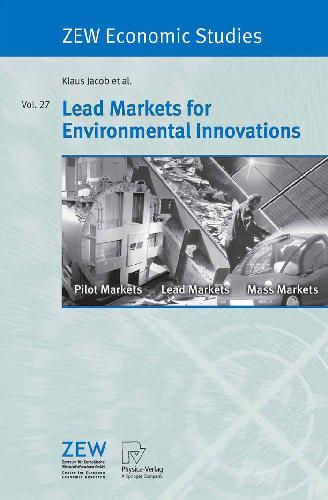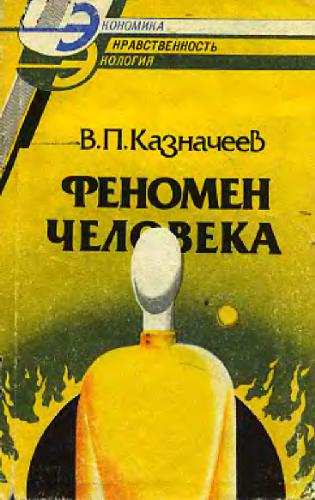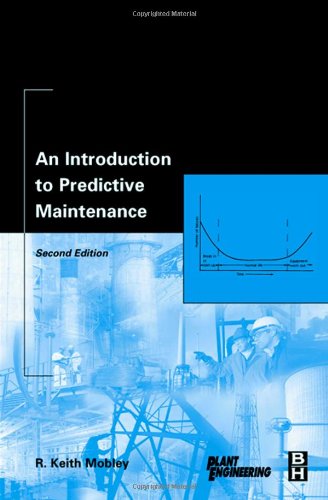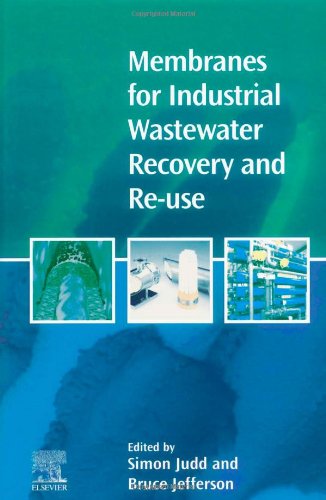Klaus Jacob, et al.3-7908-0006-6, 3-7908-0013-9, 3-7908-0078-3, 3-7908-0093-7
Table of contents :
Table of Contents……Page 7
1.1 The Notion of Lead Markets……Page 12
1.2 Studying Lead Markets……Page 17
2.1 Lessons from Innovation Economics……Page 21
2.2 Lessons from Policy Analysis……Page 24
2.3 Pioneering Policy from the Perspective of Environmental Economics……Page 32
2.4 Companies and Strategic Management……Page 36
3 Towards an Integrated Model of the Lead Market for Environmental lnnovations……Page 39
4.1 Fuel-Efficient Passenger Cars……Page 43
4.2 Wind Energy……Page 46
4.3 Substitutes for CFCs in Domestic Refrigerators……Page 50
4.4 Chlorine-Reduced Pulp Production……Page 53
4.5 Introduction of the Catalytic Converter for Cars……Page 57
4.6 Substitutes for Phosphates in Detergents……Page 60
4.7 Interim Conclusions……Page 65
5.1 Introduction……Page 68
5.2.1 PV History……Page 69
5.2.2 The Diffusion Pattern……Page 71
5.2.3 Competing PV Designs and Policy Instruments……Page 74
5.2.4 Domestic Markets and the Success of Manufacturers……Page 77
5.3.1 Explaining the Adoption of Solar Energy……Page 79
5.3.2 Price and Cost……Page 81
5.3.4 Transfer and Policy Diffusion……Page 83
5.3.5 Competition……Page 85
5.3.6 Export……Page 86
5.4 Conclusions……Page 88
6.1 Innovation Designs……Page 90
6.1.1 Phosphoric Acid Fuel Cell (PAFC)……Page 93
6.1.2 Proton-Electrolyte-Membrane Fuel Cells (PEFC, PEM)……Page 94
6.1.3 Molton Carbonate Fuel Cells (MCFC)……Page 95
6.1.4 Solid Oxide Fuel Cells (SOFC)……Page 96
6.1.5 Comparison of the Fuel Cell Types……Page 98
6.1.6 Cost Comparison with Conventional Energy Technologies……Page 99
6.1.7 Comparison of Environmental Impacts……Page 100
6.1.8 Market for CHP Installations……Page 101
6.2 Political Instruments……Page 102
6.3.1 USA……Page 103
6.3.2 Japan……Page 105
6.3.3 Germany……Page 107
6.3.5 Canada……Page 109
6.3.7 Comparison of the Research Activities……Page 110
6.3.8 Comparison of Energy Prices……Page 112
6.4 Summarised Assessment……Page 114
7.1 Introduction……Page 118
7.2 Lead Markets in the Automobile Industry……Page 119
7.3.1 Fuel Cells……Page 122
7.3.3 Hybrid Electric Vehicles (HEVs)……Page 123
7.3.4 Conventional Fuel Efficient Vehicles……Page 124
7.4.2 Japan……Page 125
7.4.3 Europe……Page 126
7.5 The International Diffusion of Engine Designs……Page 127
7.6 Conclusions……Page 129
8.1 Introduction……Page 132
8.2 Emissions Regulation in the Automobile Industry……Page 134
8.2.1 Auto Oil I……Page 135
8.2.2 Strategies Pursued by the Automobile Industry as Part of Auto Oil I……Page 136
8.2.3 Outcome of Auto Oil I……Page 137
8.2.4 Outlook on Future Emissions Standards for Diesel Vehicles in the EU……Page 138
8.2.6 Assessing the Process from the Perspective of Technological Potential: Technology Forcing?……Page 139
8.3 The Spread of Diesel Vehicles and Their Markets……Page 141
8.4 Market Development for Diesel Passenger Cars……Page 142
8.5.1 Engine Modification……Page 144
8.5.2 Exhaust Treatment……Page 146
8.6 Carmakers’ Technological Development Strategy……Page 147
8.6.1 Peugeot Introduces the Particulate Filter……Page 148
8.6.2 Long-Term Testing by ADAC and the Federal Environmental Agency……Page 150
8.6.3 Automobile Manufacturers’ Current Technological Strategies……Page 151
8.7 Strategies by Components Suppliers……Page 154
8.7.1 The Companies……Page 155
8.7.3 Assessment from a Supplier Perspective……Page 156
8.8 Outlook and Discussion……Page 157
9 Lead Markets for VOC-Reduced Paints……Page 161
9.1.1 The Economic Salience of Paint and Solvent……Page 162
9.1.2 Consumption……Page 166
9.1.3 Costs of Low Solvent Paints……Page 168
9.2.1 Comparison of Most Important Regulative Measures……Page 169
9.2.2 Summarised Evaluation of Policy Measures……Page 175
9.3 Effects of Regulations……Page 176
9.4 Solvent-Based Paints and the Reformulation of the European Chemical Policy……Page 179
10.1 Introduction……Page 186
10.2 Potentials for Substituting Graphical Papers Through Electronic Media……Page 187
10.3 Technologies and Applications and Their Diffusion……Page 189
10.3.1 Cross-Section Technologies and Applications……Page 190
10.3.2 Business-Related Technologies and Applications……Page 194
10.3.3 Consumer-Oriented Technologies and Applications……Page 198
10.4.1 Public Policies……Page 201
10.4.2 Industry and Stakeholder Activities……Page 206
10.5 Diffusion Factors……Page 207
10.6 Summary and Conclusions……Page 209
11.1 The Development of the Utilisation of Recovered Waste Paper in Germany and in the International Context……Page 211
11.2 Environmental Impacts……Page 215
11.3.1 Collection of Waste Paper……Page 216
11.3.2 Treatment of Waste Paper……Page 217
11.4 Policy Measures and Regulatory Approaches……Page 219
12.1 Introduction……Page 223
12.2 Design of SRI Products……Page 224
12.3.1 Existing Types……Page 225
12.3.2 International Diffusion of SRI Regulations……Page 226
12.3.4 Window of Opportunities to Introduce Regulations……Page 228
12.4.1 International Development of SRI Investment Funds……Page 229
12.4.2 Structure of the SRI Market in the UK……Page 232
12.4.3 Further Development……Page 233
13.2 Frequency Distribution……Page 234
13.3 Analysis of Factor Subgroups……Page 237
13.4 Early Hypotheses in the Light of the Findings from In-Depth Studies……Page 241
13.5 Conclusions……Page 243
14 Policy Patterns to Develop International Markets of Innovations for Sustainability……Page 244
15.1 Policies to Stimulate the Emergence of Environmental Innovations……Page 249
15.2 R&D Policies……Page 253
15.3 Environmental Policies for the International Diffusion of Environmental Innovations……Page 254
15.4 Economic Policies……Page 255
List of Figures……Page 257
List of Tables……Page 259
References……Page 260







Reviews
There are no reviews yet.